Photographic treasures found hidden in Texas desk
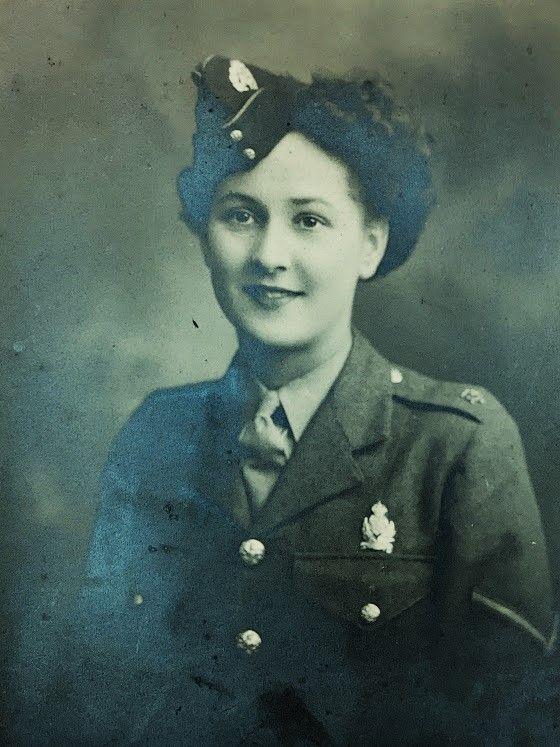
Post World War One images from Nuneaton have been discovered in Austin, Texas
- Published
A collection of photographs from a post-World War One British photographer have been discovered hidden in a piece of furniture in the United States.
Brad Knox said his wife Anni had bought the distinctive bureau at a sale near their home in Austin, Texas in December.
While looking for the details of the furniture's maker, Prof Knox found the prints after discovering a small crack in the desk.
"My six-year-old, Sabine, and I fished out all these papers that had fallen below the drawers and it turned out to be a series of photographs, all seemingly by the same person," he said.

The photographs were discovered hidden inside the bureau
"Almost all of them have, at the bottom, the insignia Leonard Chettle - Nuneaton," he explained.
"They are beautiful. They're clearly photographs by a very talented photographer".
The professor in computer science, from the University of Texas, said he had researched the name online and had found the Nuneaton Local History Group's website, and associated Facebook group, contacting one of the administrators Peter Lee.
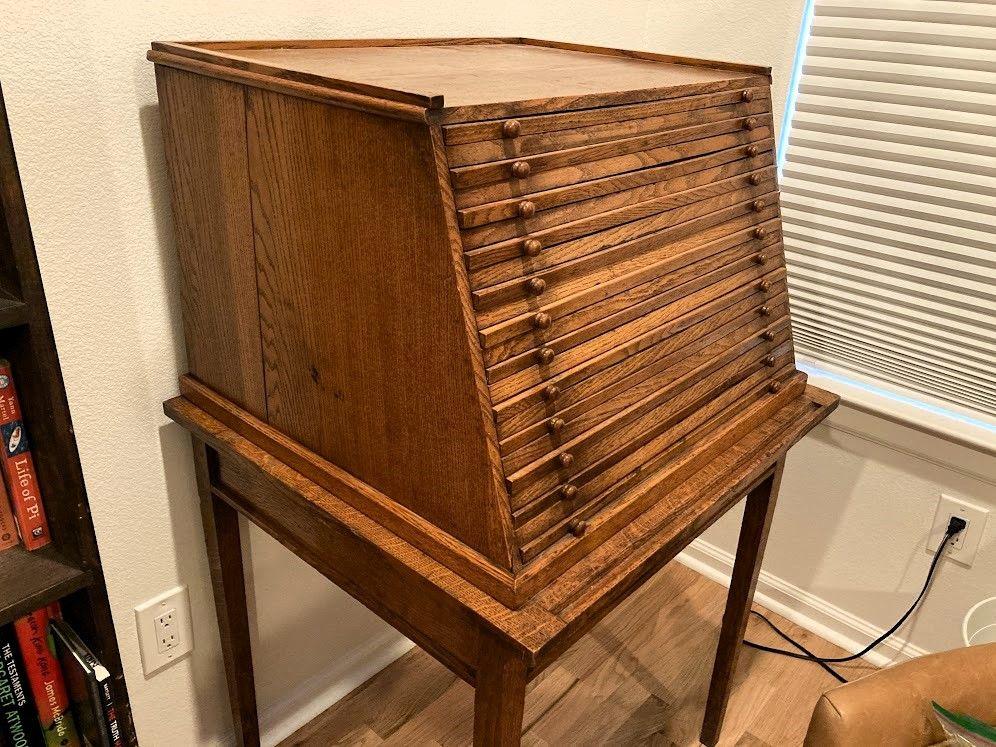
The furniture had been bought at a sale in Austin, Texas in December
After Prof Knox posted the photographs on the site some people were able to identify relatives and even themselves in the pictures.
"The responses have been quite interesting," he said.
"A lot of people were interested in a piece of history being unearthed, across the world."
"My theory is that this furniture was used by Leonard Chettle to hold photographs that were awaiting pick up," he added.
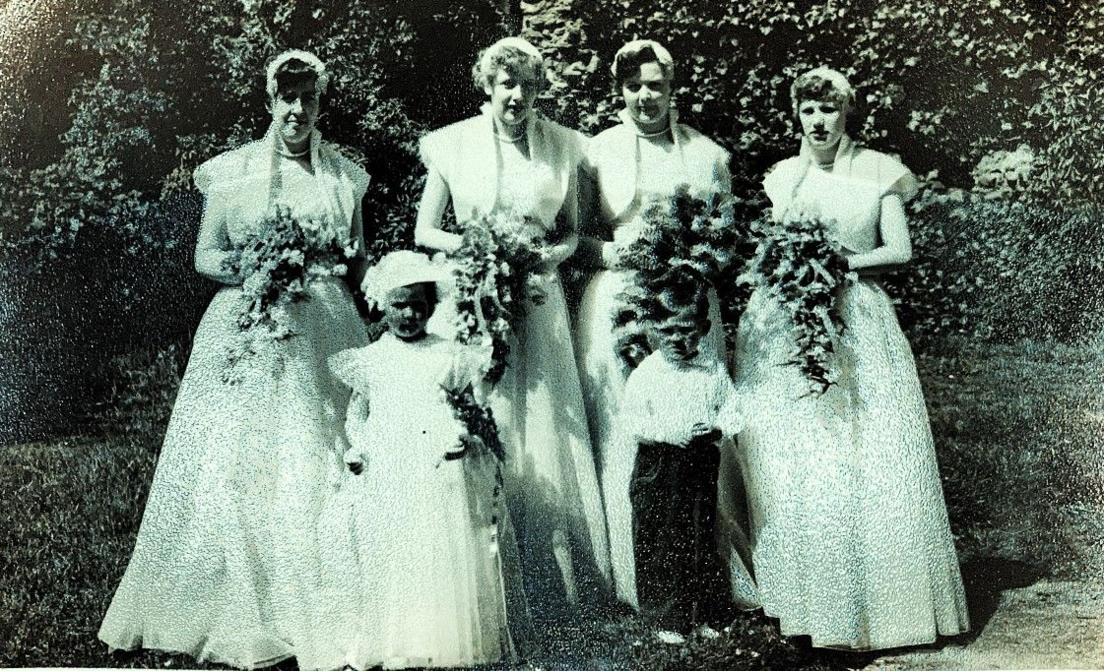
Some in the local history Facebook group had been able to identify themselves and family members
Reacting to the post, one woman identified a wedding picture from 1954 of her cousin Reg and his wife Margaret.
"The small flower girl is another of my cousins Jill," she said.
A picture depicting a soldier had been identified as Colin Bower, a sub lieutenant at the Indian Military Academy attached to the Madras Light Infantry.
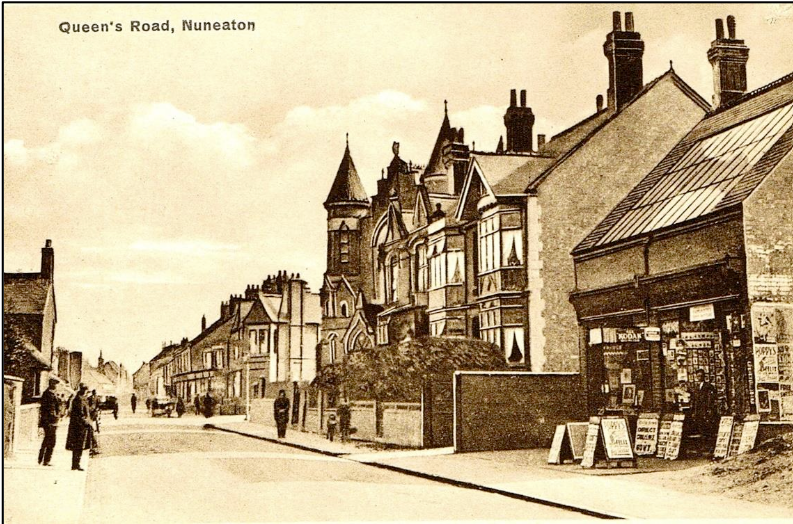
It is thought the desk could have been used in Leonard Chettle's Queen's Road studio
The photographer had first set up a studio in Queens Road, Nuneaton in 1912, explained Mr Lee, and for a time worked at Weddington Red Cross Hospital taking photographs of wounded soldiers who had returned from World War One.
In 1917, Chettle had joined the Royal Flying Corps (RFC) working as a reconnaissance photographer, flying over the trenches.
A report in the Nuneaton Observer, the previous year, showed he had asked for leave to appeal against his call-up, possibly for a second time, but this had been refused.
"It must have been a dangerous job as RFC flyers did not last long before they were shot down, but he survived and entered into the Royal Air Force in August 1918," said Mr Lee.
Despite the end of the war he was not discharged until 30 April 1920.
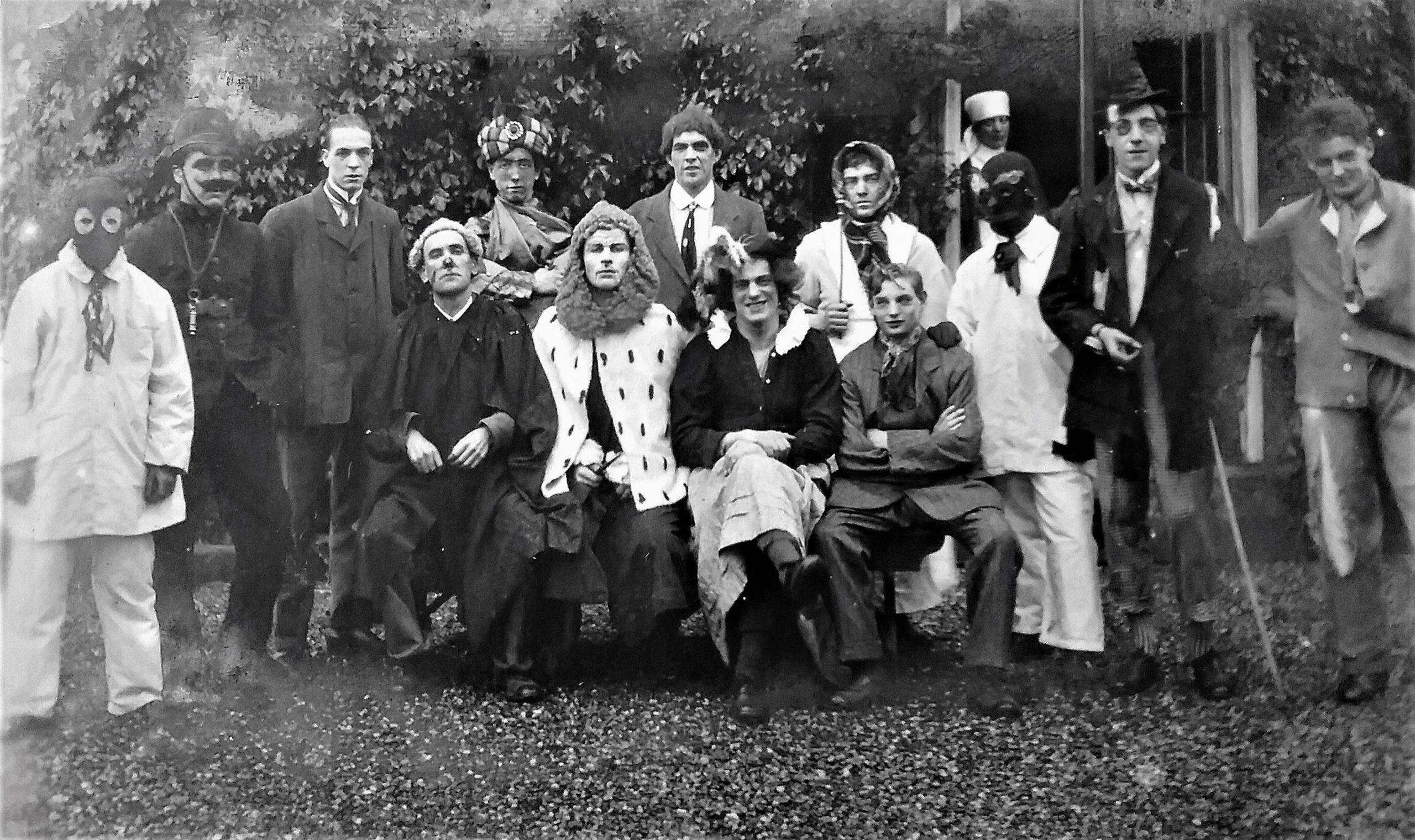
The photographer worked at Weddington Red Cross Hospital taking photographs of wounded soldiers
The photographer then returned to his studio, advertising his business as specialising in children portraiture.
"I am particularly fond of Leonard Chettle's work because there seems to be an ethereal clarity to the images, almost capturing the spirit of the sitters in his studio, in a way that some local photographers do not quite achieve," said Mr Lee.
"His children's photos are particularly endearing.
"Many of the glass plate negatives he had kept from his reconnaissance missions over the trenches were destroyed."
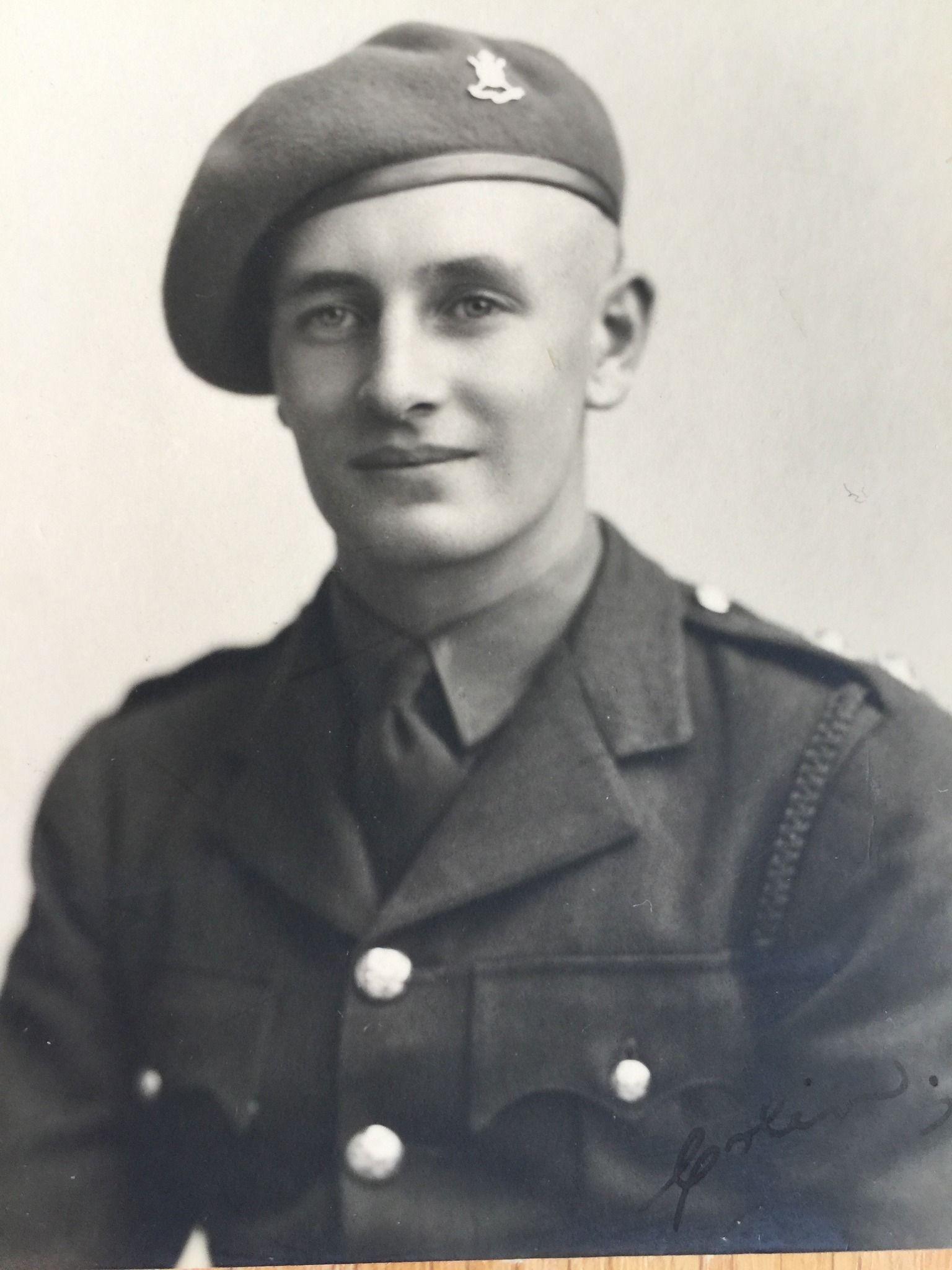
One of the images has been identified as that of Colin Bower, a sub lieutenant at the Indian Military Academy
He carried on working until his retirement in the 1950s and must have been devoted to his commercial life, explained local historian and author David Fry.
"There were very few photographers that go on for a matter of 40 years or so, which is what he did," said Mr Fry.
He married in 1921, and there were no children, he explained, "and so the business was his life, as much as anything else".
He also offered a developing service for people who took their own photographs, a pursuit which flourished after World War One, he added.
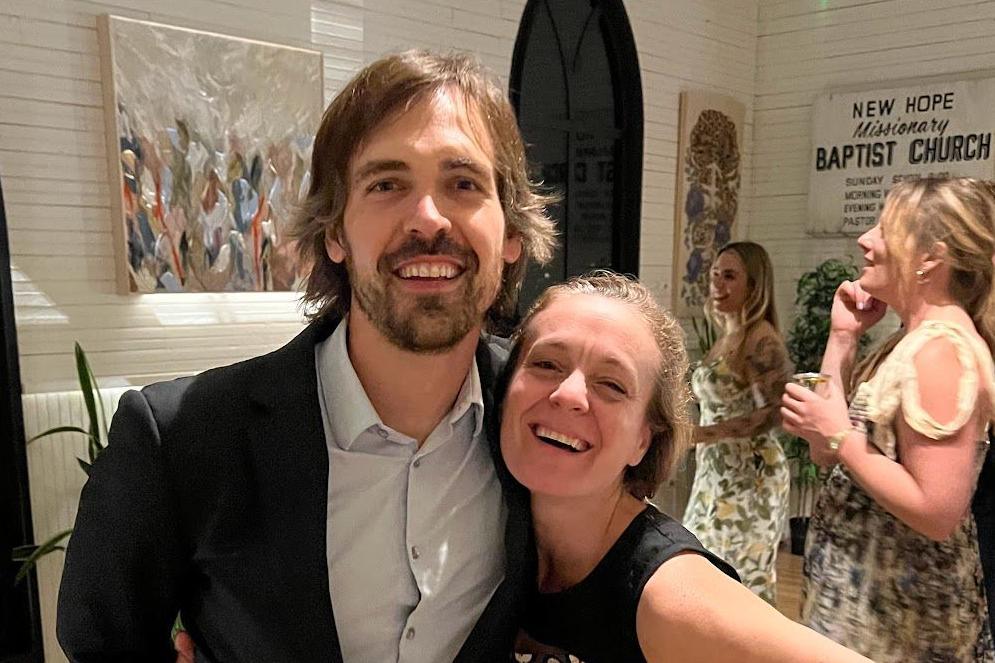
Prof Brad Knox discovered the photographs in the desk purchased by his wife Anni
The Queen's Road studio was subsequently taken over and by 1978 was no longer in use.
Mr Lee explained he had been unable to trace any information as to how the piece of furniture may have reached Texas from Nuneaton.
"So it sadly looks as though we only have a fragment of a story, not a complete one," he added.
Very little of Chettle's work is held by the Warwickshire Archive but includes a few images and building plans for alterations to his studios.
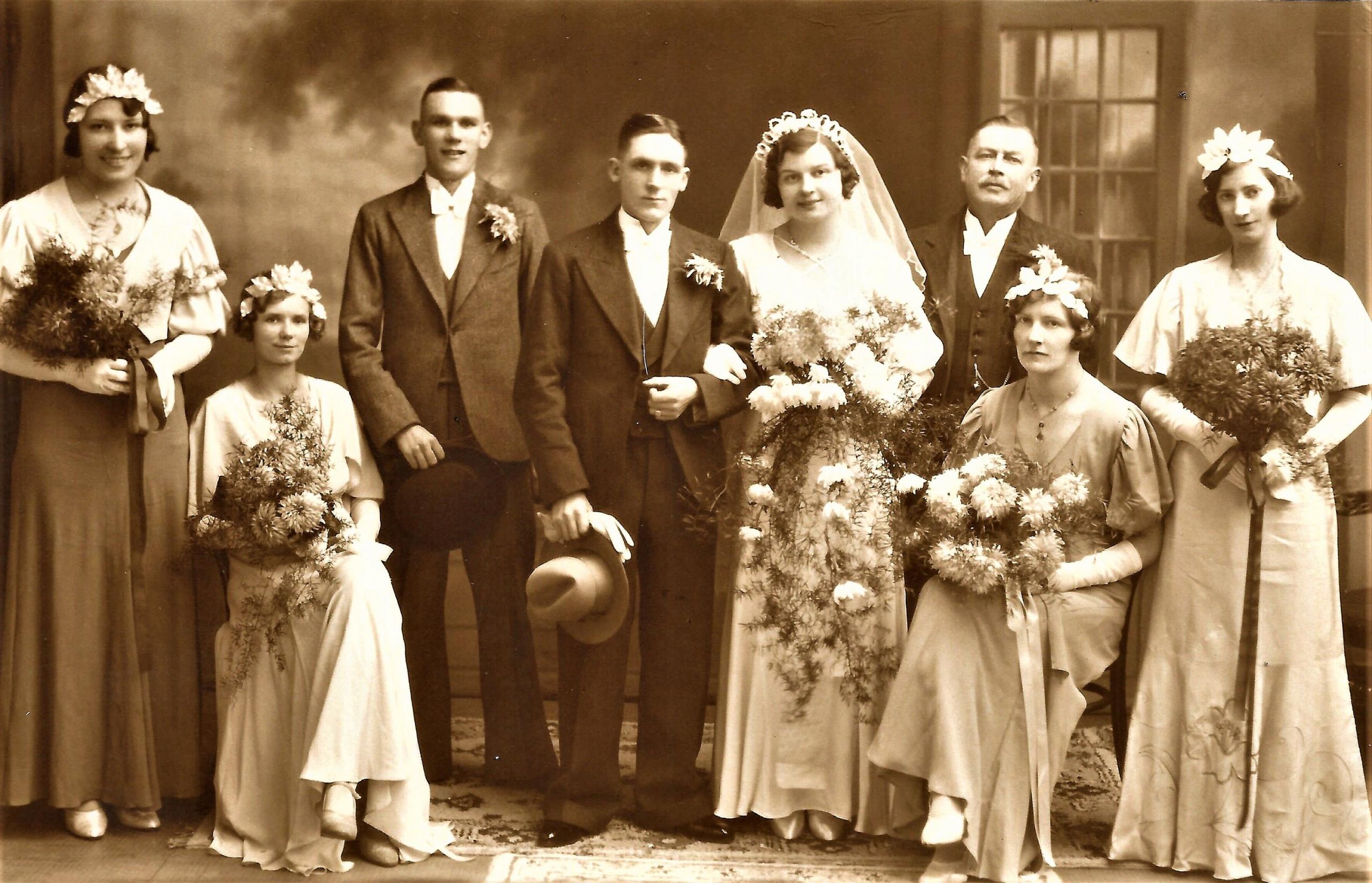
Some of Leonard Chettle's archive is held by the Nuneaton Local History Group
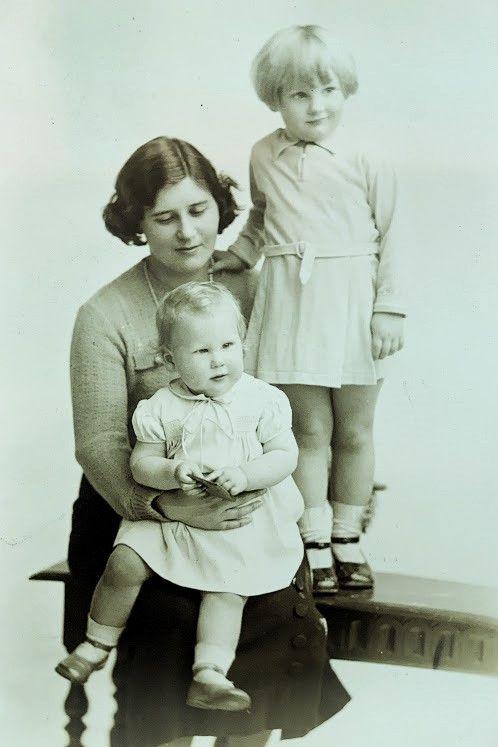
The photographer advertised his business as specialising in children's portraiture
"It has been fun to find out more about this antique's history and to hear from some of the people who are in the photographs has been a really pleasant surprise," added Prof Knox.
"I've also been fascinated to learn about the town," he added.
"One of the reasons I reached out on Facebook was idle curiosity, but also because the photographs seemed like they might be valuable to somebody or to some community."
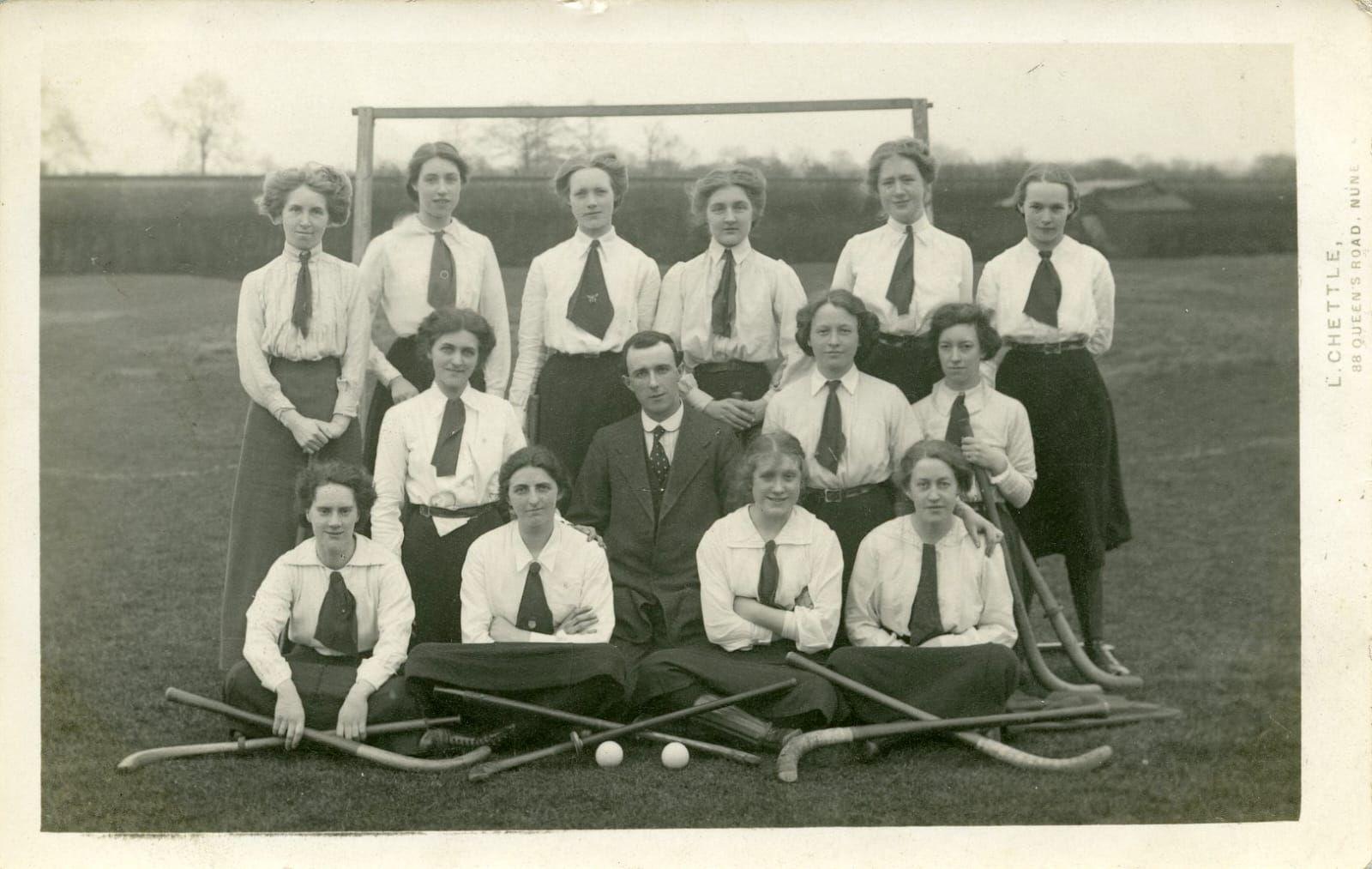
The photographer also produced a series of postcards
Chettle's surviving photographs were a "fascinating window into another world," added Mr Fry, who has a collection of his images in postcard form.
"It's like a little bit of time travel".
Follow BBC West Midlands on Facebook, external, X, external, and Instagram, external. Send your story ideas to: newsonline.westmidlands@bbc.co.uk, external
Related topics
Related stories
- Published3 January 2023
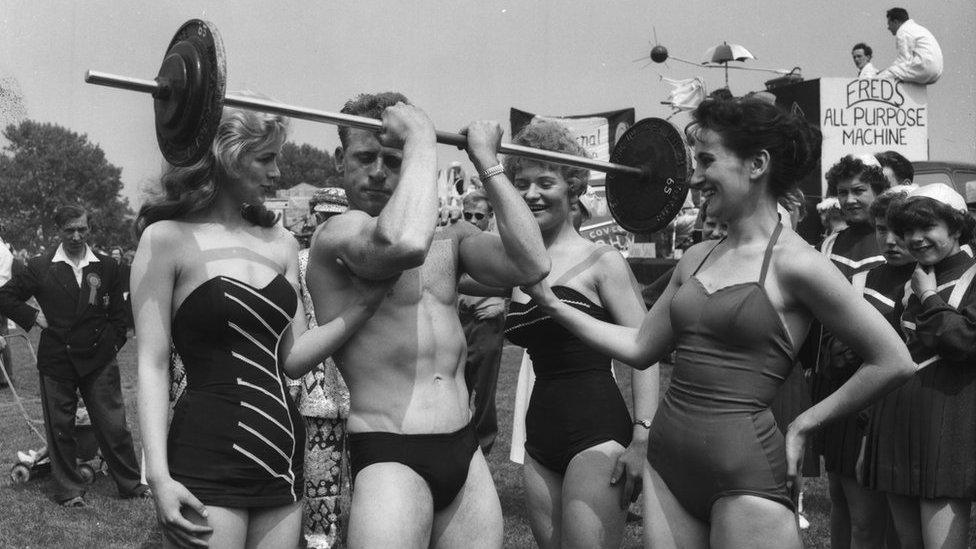
- Published23 March 2023
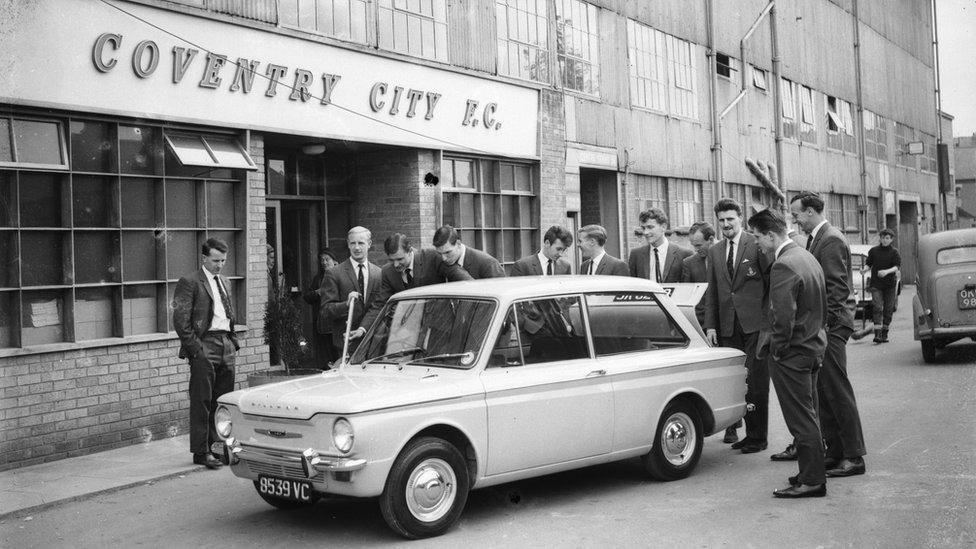
- Published16 July 2023
